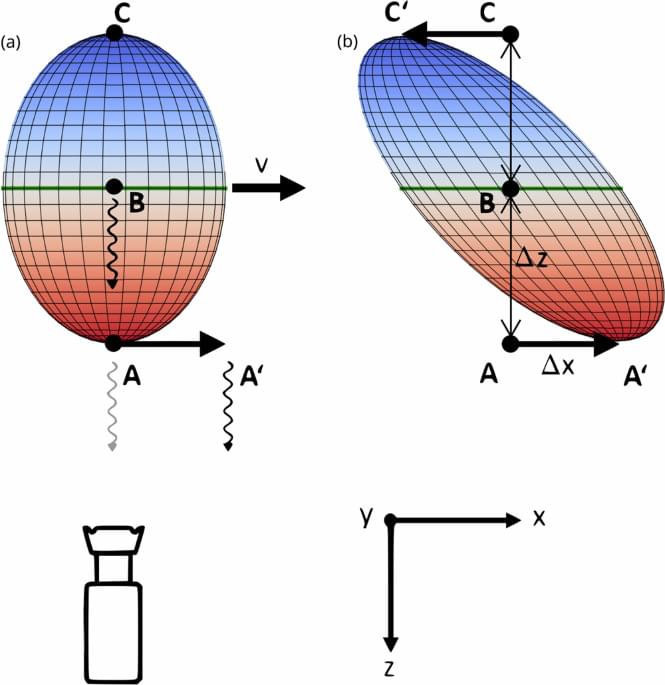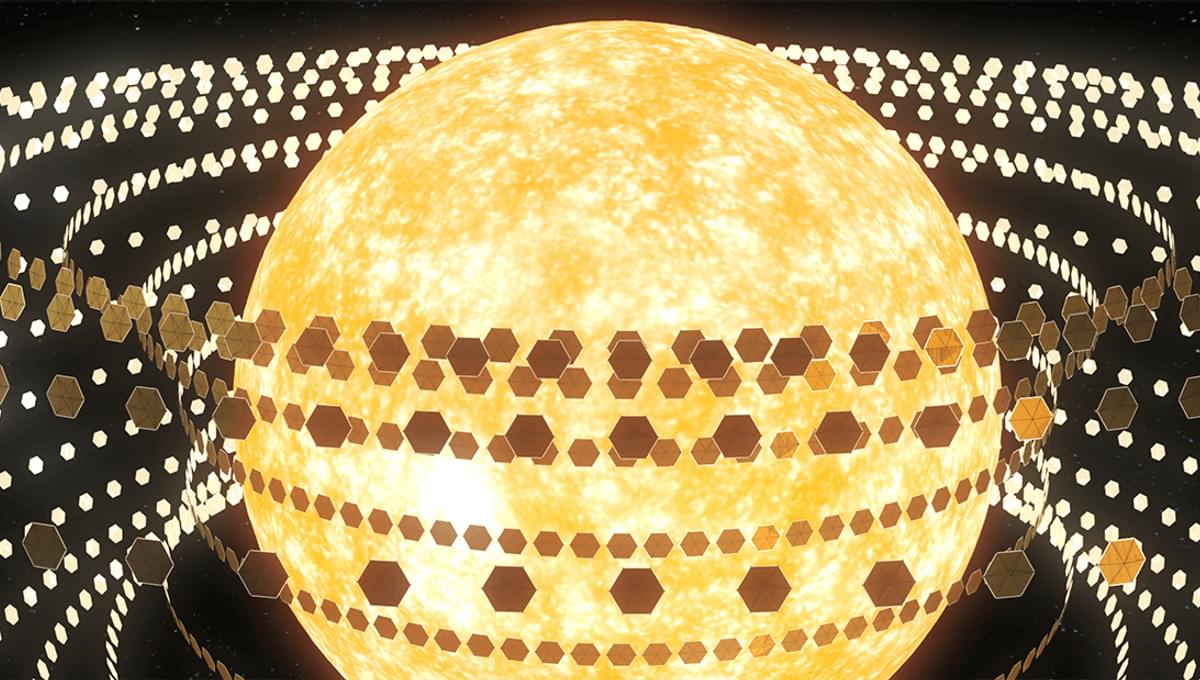Increase your problem solving skills with Brilliant! Start learning science and maths for free at https://brilliant.org/sabine/ and get 20% off a premium subscription, which includes daily unlimited access!
Over a century ago, Einstein wrote his theories of special relativity and general relativity. Within those theories, he predicted that, as an object moves faster, it slightly contracts in length. However, 50 years later Penrose and Terrell predicted that what one would see is instead that the object is rotated. In a recent experiment, physicists proved that this Penrose-Terrell effect is actually real. Let’s take a look.
Paper: https://www.nature.com/articles/s4200… to what I say: The object (frame) they used is obviously not a cube (as you can see in the photo), it has dimensions of 1 × 1 × 0.6 m. 🤓 Check out my new quiz app ➜ http://quizwithit.com/ 📚 Buy my book ➜ https://amzn.to/3HSAWJW 💌 Support me on Donorbox ➜ https://donorbox.org/swtg 📝 Transcripts and written news on Substack ➜ https://sciencewtg.substack.com/ 👉 Transcript with links to references on Patreon ➜ / sabine 📩 Free weekly science newsletter ➜ https://sabinehossenfelder.com/newsle… 👂 Audio only podcast ➜ https://open.spotify.com/show/0MkNfXl… 🔗 Join this channel to get access to perks ➜
/ @sabinehossenfelder #science #sciencenews #physics #relativity.
Correction to what I say: The object (frame) they used is obviously not a cube (as you can see in the photo), it has dimensions of 1 × 1 × 0.6 m.
🤓 Check out my new quiz app ➜ http://quizwithit.com/
📚 Buy my book ➜ https://amzn.to/3HSAWJW
💌 Support me on Donorbox ➜ https://donorbox.org/swtg.
📝 Transcripts and written news on Substack ➜ https://sciencewtg.substack.com/
👉 Transcript with links to references on Patreon ➜ / sabine.
📩 Free weekly science newsletter ➜ https://sabinehossenfelder.com/newsle…
👂 Audio only podcast ➜ https://open.spotify.com/show/0MkNfXl…
🔗 Join this channel to get access to perks ➜
/ @sabinehossenfelder.
#science #sciencenews #physics #relativity






